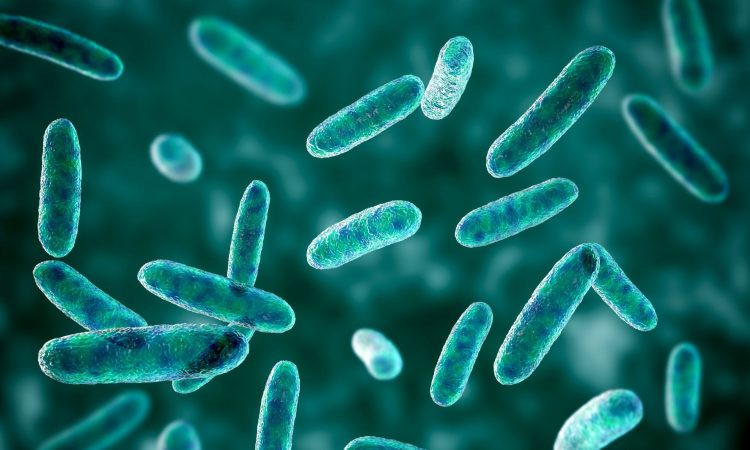
Antibiotics are the cornerstone of modern medicine: without them, anyone with open wounds or who needs surgery would be at constant risk of dangerous infections.
However, we still face a global antibiotic crisis as more and more resistant strains of bacteria evolve, while the rate of discovery of fundamentally new antibiotics has been much lower.
But there is reason for hope: the currently licensed ones were derived from soil actinobacteria, and most environments on Earth have yet to be prospected to find them. Therefore, focusing the search on actinobacteria from other habitats is a promising strategy – especially if it leads to new molecules that do not kill the bacteria completely or prevent them from growing, but only reduce their “virulence” or ability to cause disease.
This is because it is difficult for the target pathogenic strains to develop resistance under these conditions, while such antivirulence compounds are also less likely to cause
“We show how advanced screening assays can identify antiviral and antibacterial metabolites from actinobacterial extracts,” said Dr. Päivi Tammela, professor at the University of Helsinki, Finland, and corresponding author of a new study in Frontiers in Microbiology.
Antibiotics, pthe foundation of modern medicine
Instead of using dancing molecules, the new study evaluates a hybrid biomaterial also developed in Stupp’s lab. The new biomaterial comprises two components: a bioactive peptide that binds to transforming growth factor beta-1 (TGFb-1) – a protein essential for the growth and maintenance of cartilage – and modified hyaluronic acid, a naturally occurring polysaccharide present in cartilage and synovial fluid joint lubricant.
Stupp’s team integrated the bioactive peptide and chemically modified hyaluronic acid particles to drive the self-assembly of nanoscale fibers into bundles that mimic the natural architecture of cartilage, they write.
The goal was to create an attractive scaffold for the body’s own cells to regenerate cartilage tissue. With the help of bioactive signals from the nanoscale fibers, the material encourages cartilage repair by the cells that populate the skeleton.
To assess the material’s effectiveness in promoting cartilage growth, the researchers tested it on sheep with cartilage defects at the hock joint, a complex hind limb joint similar to the human knee. This work was performed in the laboratory of Mark Markel at the University of Wisconsin-Madison School of Veterinary Medicine.
Strong antiviral effects
The compounds showed two complementary types of biological activity. First, by inhibiting the formation of so-called “actin pedestals” by the EPEC bacterium, a key step by which this pathogen attaches to the host’s intestinal mucosa. Second, by inhibiting the binding of EPEC to the so-called Tir receptor on the surface of the host cell, a necessary step for reconfiguring its intracellular processes and causing disease.
Unlike the compounds in T160-2, the compound in T091-5 does not EPEC. This means that T091-5 is the more promising strain of the two, as EPEC is less likely to eventually develop resistance against its antiviral effects.
Using advanced analytical techniques, the authors determined that, in fact, the active compound in T091-5 was most likely a phospholipid: a class of phosphorus-containing fatty molecules that play important roles in cellular metabolism.

